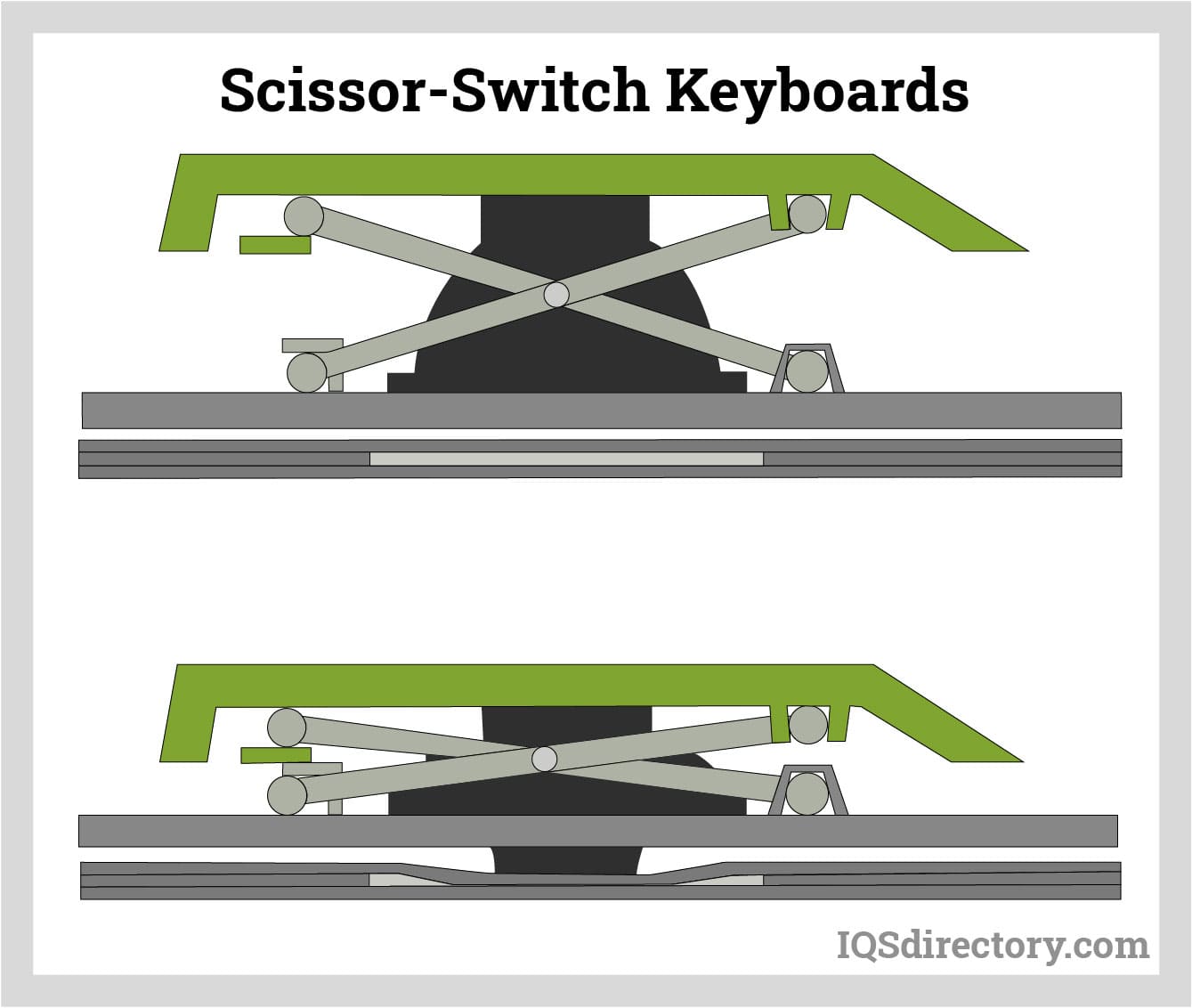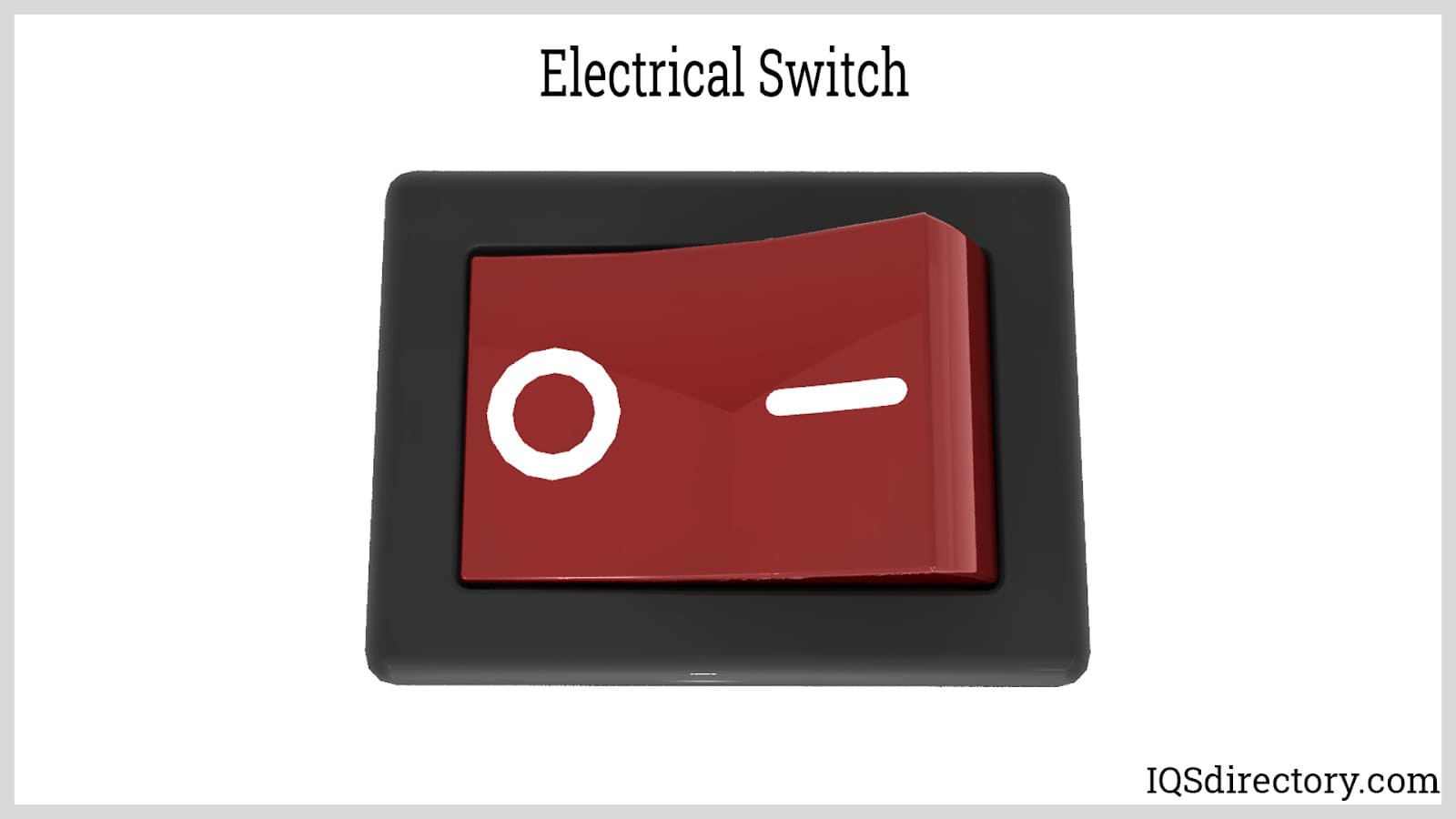All Concerning Membrane layer Change: A Comprehensive Guide for Beginners
Membrane layer switches are necessary parts in contemporary electronic devices, providing a special user interface for individual communication - membrane switch. Their split building and construction, including overlays and conductive traces, offers functionality and resilience. Unlike typical mechanical buttons, membrane switches offer a smooth design and adjustable alternatives. Comprehending their key functions and advantages can change product layout. Nevertheless, the intricacies of their application and style considerations warrant additional expedition
What Is a Membrane layer Switch?
A membrane layer switch is a type of electric button that includes a flexible membrane layered over a printed circuit board. This style enables a smooth and portable user interface, typically made use of in various electronic gadgets. Membrane switches are frequently located in consumer home appliances, medical equipment, and industrial equipment as a result of their longevity and resistance to environmental factors.The building and construction usually consists of multiple layers, such as graphic overlays and sticky support, which supply tactile feedback and safeguard the circuitry below. The operation of a membrane switch is started when pressure is related to the surface, completing an electrical circuit.These switches are valued for their flexibility, allowing custom-made layouts and published graphics that accommodate details interface. Their low-profile nature decreases area requirements, making them excellent for applications where traditional switches might not fit. On the whole, membrane layer switches offer a visual and useful service for modern digital devices.
Trick Components of Membrane Switches
Membrane layer changes make up several vital parts that add to their performance and performance. The top layer, referred to as the overlay, supplies the individual interface and is usually published with graphics or signs. Beneath the overlay lies a spacer layer, which separates the conductive components and stops unintended activation. The following vital component is the visuals layer, which improves aesthetic appeals and assures the sturdiness of the design.Conductive traces, typically made from products like silver or carbon, are printed on the circuit layer. When stress is applied to the overlay, these traces enter into call, completing the circuit. Additionally, a backing layer uses structural support and can be made from products such as polyester or polycarbonate. Together, these elements develop a reliable, straightforward interface ideal for different applications, from home appliances to commercial equipment. Comprehending these components is essential for any person thinking about membrane layer switch modern technology.
Exactly How Membrane Changes Job
Understanding just how membrane switches over feature is vital for valuing their extensive usage in various gadgets. A membrane layer switch runs via a series of layers, consisting of a visuals overlay, spacer, and a circuit layer. When stress is put on the overlay, it presses the spacer layer, permitting the circuit layer to make contact and finish an electrical circuit. This action sends out a signal to the tool, prompting a response, such as transforming on a light or turning on a function.Membrane switches over can be developed with numerous features, including tactile comments, backlighting, and personalized graphics, improving customer communication. Their construction permits a sealed layout, protecting the internal components from dust, wetness, and impurities. This resilience makes them suitable for diverse applications, from consumer electronics to commercial devices. Generally, the simpleness and effectiveness of membrane changes contribute to their popularity in modern technology.
Benefits of Membrane Switches Mechanical Switches
While mechanical buttons have long been a staple in many devices, membrane switches over deal distinctive benefits that make them significantly appealing. One considerable benefit is their slim profile, permitting more portable layouts and greater versatility in product development. In addition, membrane layer switches feature a consistent surface area, which improves aesthetic charm and streamlines cleansing, making them suitable for environments where health is critical.Another benefit is their resistance to dust and moisture. Unlike mechanical buttons, which can be compromised by environmental factors, membrane layer switches provide a closed user interface that safeguards versus pollutants - membrane switch. Membrane switches normally have a longer life expectancy due to fewer moving parts, resulting in enhanced durability and reliability.Cost-effectiveness is additionally a noteworthy advantage, as membrane switches can be produced in mass with lower manufacturing expenses. These elements incorporate to position membrane layer buttons as a functional option to typical mechanical choices in numerous applications
Common Applications of Membrane Layer Switches
Membrane buttons are extensively used in various markets, particularly in consumer electronics and commercial control board. In customer devices, they offer a smooth, user-friendly interface, while in industrial setups, they boost resilience and functionality. Recognizing these applications highlights the versatility and practicality of membrane layer buttons in contemporary innovation.
Customer Electronic Devices Devices
As consumer electronic devices remain to evolve, membrane switches have come to be a prominent option for a range find more information of gadgets because of their convenience and streamlined layout. These buttons are commonly discovered in smart devices, tablet computers, and remotes, where room is minimal and appearances issue. Their reduced account and personalized designs enable producers to produce user-friendly interfaces that improve the total individual experience. Furthermore, membrane switches are typically used in devices such as microwaves and coffee machine, giving intuitive control options while straight from the source resisting moisture and dirt. The toughness and integrity of membrane changes make them suitable for day-to-day customer products, guaranteeing durability and consistent efficiency. Generally, their combination in consumer electronics reflects a mix of performance and modern layout.
Industrial Control Panels
The applications of membrane layer switches over extend past customer electronic devices, discovering considerable usage in commercial control panels. These buttons are favored for their durability and resistance to rough atmospheres, making them perfect for making and procedure control settings. They supply a reputable interface for operators to regulate machinery, display processes, and change settings. Membrane switches can be tailored to fit particular operational requirements, incorporating functions like backlighting and tactile responses, improving user experience. Their low-profile layout enables assimilation right into various devices, while their capacity to endure spills, dirt, and severe temperature levels guarantees durability. Overall, membrane layer switches add to effective and risk-free procedure in industrial applications, demonstrating their flexibility and efficiency sought after environments.
Considerations for Creating Membrane Layer Switches Over
When designing membrane buttons, picking the appropriate materials is necessary to assure resilience and functionality. In addition, comprehending layer setup methods can substantially impact the button's efficiency and user experience. These considerations play an essential duty in creating efficient and trustworthy membrane button layouts.
Product Choice Value
Material choice plays a crucial duty in the layout and capability of membrane switches. The chosen materials straight influence the switch's resilience, tactile reaction, and overall visual. Secret factors to consider include the substrate, which must provide structural stability while permitting flexibility, and the visuals overlay, which requires to be immune to wear and ecological aspects. Conductive materials ought to ensure trustworthy electric performance, while adhesives need to use strong bonding without compromising the switch's operation. In addition, compatibility with producing procedures and end-user atmospheres is important; products need to stand up to differing temperatures, moisture levels, and chemical direct exposure. Inevitably, ideal material selection not just enhances the membrane layer button's performance but likewise adds to you could try these out its longevity and individual complete satisfaction, making it a crucial facet of the style process.

Layer Setup Techniques

Often Asked Inquiries
How Lengthy Do Membrane Switches Usually Last?
Membrane buttons normally have a life-span of 1 to 5 million cycles, depending upon use and environmental conditions. Elements such as layout high quality and operating regularity considerably influence their toughness and overall performance durability.

Can Membrane Layer Changes Be Customized for Particular Designs?
Membrane layer switches can certainly be customized to suit certain styles, allowing for varied forms, colors, and functionalities. This versatility enables suppliers to tailor these switches to satisfy unique visual and functional demands efficiently.
What Materials Are Made Use Of in Membrane Switch Construction?
Membrane layer switches are typically constructed making use of materials such as polyester, polycarbonate, and glue layers. These materials supply adaptability, resistance, and durability to environmental elements, making sure the switches operate effectively in different applications and problems.
Are Membrane Layer Switches Water Resistant or Immune to Wetness?
Membrane layer buttons can be created to be moisture-resistant, utilizing specialized finishes and products. Their water resistant abilities depend on building high quality and certain applications, making it necessary to assess demands for suitable efficiency in different atmospheres.
Exactly How Are Membrane Changes Repaired if Damaged?
Repairing broken membrane layer switches over generally involves changing the influenced layer or circuit. Professionals might likewise use conductive glue or utilize specialized repair work kits, ensuring performance is brought back without complete replacement of the whole switch assembly. Unlike typical mechanical buttons, membrane layer buttons present a sleek layout and adjustable choices. A membrane switch is a kind of electrical button that is composed of a versatile membrane layered over a published circuit board. The procedure of a membrane button is initiated when pressure is used to the surface area, completing an electric circuit.These switches are valued for their convenience, making it possible for personalized styles and printed graphics that provide to specific customer interfaces. While mechanical switches have long been a staple in several gadgets, membrane layer changes deal unique advantages that make them progressively appealing. Membrane buttons generally have a longer life-span due to fewer moving parts, resulting in enhanced longevity and reliability.Cost-effectiveness is likewise a remarkable advantage, as membrane layer buttons can be generated in bulk with reduced manufacturing prices.